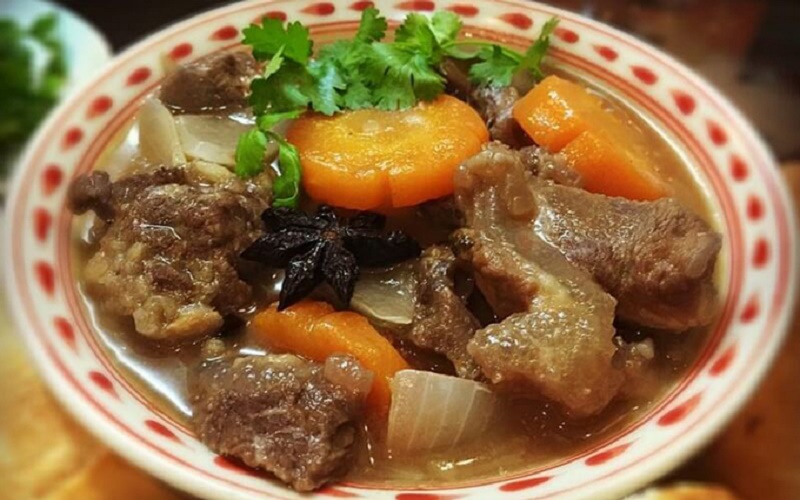No products in the cart.
[Hướng Dẫn Nấu Cơm Nắm Fukagawa Soba Meshi Kiểu Nhật: Kinh Nghiệm Hay] Fukagawa soba meshi là một món ăn truyền thống Nhật Bản, có nguồn gốc từ khu vực Fukagawa ở Tokyo. Món ăn này kết hợp sự hài hòa giữa cơm trắng, mì soba và các loại hải sản tươi ngon, tạo nên […]




